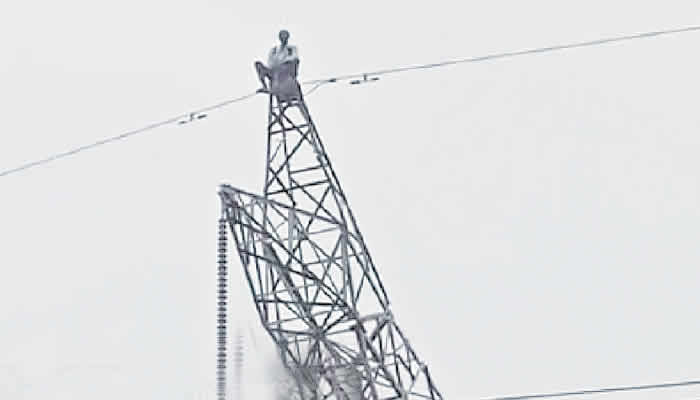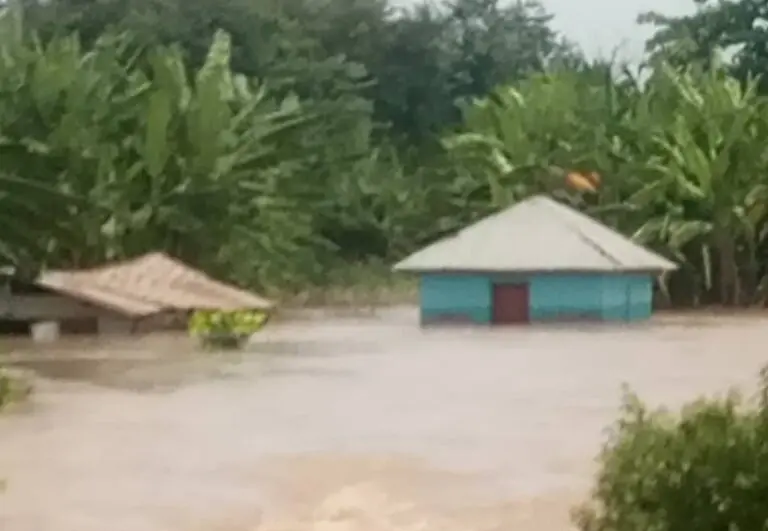Nigeria Centre for Disease Control and Prevention (NCDC) has said that Nigeria’s Lassa fever death toll has assumed worrisome proportions with the cumulative of 156 deaths and confirmed cases soaring to 836, as three states recorded in week 31.
The NCDC, which disclosed this on Tuesday, also reported the outbreak of nine new cases in Ondo, Edo, and Taraba States—up from three last week in its Week 31 situation report, ending August 3, 2025.
The cumulative total deaths represent a case fatality rate of 18.7 per cent, higher than the 17.3 per cent recorded in the same period of 2024.
As of August 3, there have been 6,851 suspected cases in 2025 in Nigeria, with 21 states and 105 local government areas affected.
The states with the highest burden are Ondo with 33 per cent of cases, Bauchi with 23 per cent, Edo with 17 per cent, Taraba with 14 per cent, and Ebonyi with three per cent.
Most cases fall within the 21–30 age group, and the male-to-female ratio stands at 1 to 0.8.
The NCDC identified late presentation at health facilities, poor health-seeking behaviour linked to treatment costs, and inadequate sanitation in high-burden areas as key drivers of the rising fatality rate.
Repurposing efforts have included the call for ten National Rapid Response Teams, distribution of contact thermometers, rollout of an Infection Prevention and Control e-learning course, and targeted training of healthcare workers in Bauchi, Ebonyi and Benue States.
Sensitisation efforts are also being ramped up in hotspot local government areas, and Lassa fever messages are being integrated into anti-Lassa fever messaging to the public that captures other infection prevention and public health messages.
NCDC urged state governments to carry out community engagement activities all year. They also encouraged healthcare workers to maintain high levels of suspicion about Lassa fever and highlighted a further need for states to build their capacity to improve early detection and rapid response.
While the agency generally reported lower suspected and confirmed Lassa fever cases than the year before in 2024, NCDC warned that an increase in death rate continues to be a clarion call for urgent and lasting actions to prevent more deaths.















